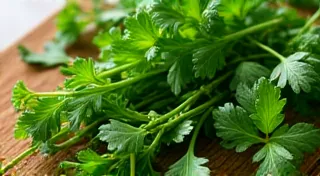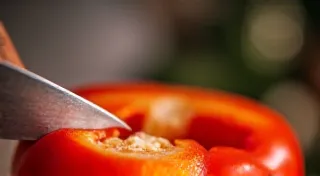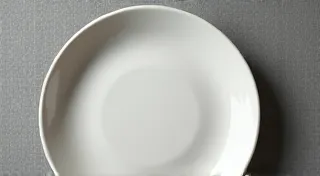The Alchemist's Kitchen: Transforming Raw Potential into Polished Prose
There's a peculiar kinship between the pursuit of culinary mastery and the creation of compelling writing. Both, at their core, involve transformation. The raw ingredients – be they vegetables, meats, or mere ideas – possess a certain untamed potential. The skill lies in coaxing that potential out, revealing its hidden beauty and complexity. Think of the humble potato, earthy and unassuming. With a chef’s touch – a careful peeling, a precise dice, a judicious seasoning – it becomes a golden-crisped delight, a comforting puree, or the foundation for an elegant gratin. Similarly, a fledgling thought, initially vague and disorganized, can, through careful shaping and refinement, blossom into a piece of writing that resonates with clarity and emotion.
My fascination with this process isn’t purely intellectual. It stems from a deep, almost visceral connection to the tangible, the crafted. For years, I’ve been captivated by antique accordions. Not the sleek, modern instruments, but the older models – the Hohner Classicas, the Paolo Soprani, the Rieger & Sons – instruments that hum with the history of countless performances and the ghosts of melodies past. Holding one feels like holding a piece of time itself; the cool, smooth wood, the slightly worn bellows, the complex inner workings exposed through gaps in the casing. These aren't just machines; they are the embodiment of meticulous craftsmanship.
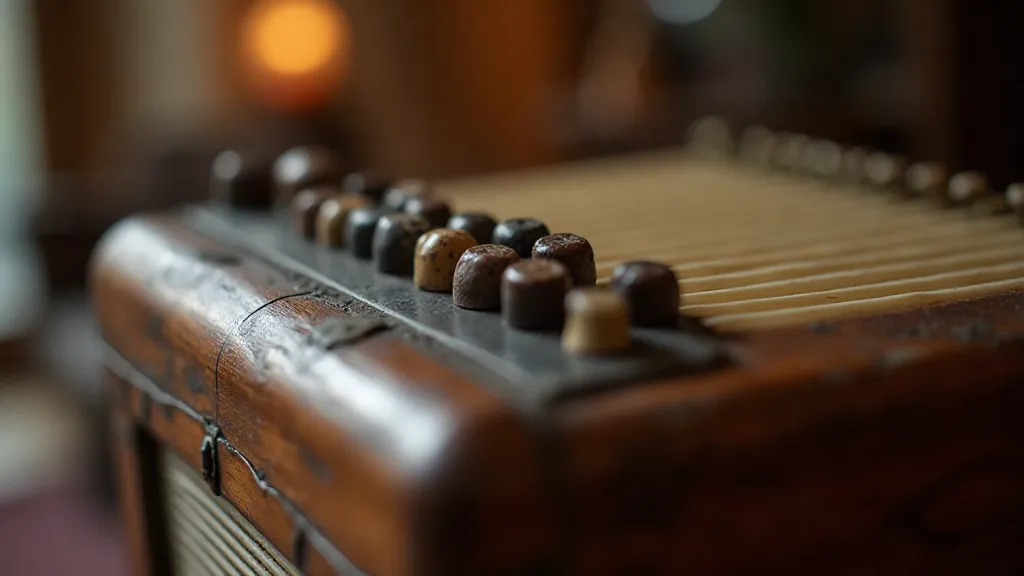
The Weight of Hands and History
Restoring an antique accordion is an exercise in slow, deliberate action. Each screw must be carefully examined, each bellows replaced with a respect for the original design. You’re not simply fixing a broken instrument; you’re preserving a legacy. It’s a process that demands patience, a keen eye, and a willingness to learn from mistakes. I remember my first attempt – a beautiful, albeit neglected, Paolo Soprani. I rushed the bellows replacement, convinced I could shortcut the process. The result was a brittle, unresponsive instrument that only amplified my frustration. It taught me a valuable lesson: shortcuts rarely lead to true artistry. Just as a chef understands the nuances of different knife cuts – a brunoise versus a julienne, the difference between dicing for even cooking versus creating a visually stunning presentation – a craftsman must appreciate the subtleties of each component and the impact it has on the whole.
The same holds true for writing. The initial draft is often a chaotic outpouring of ideas, a raw collection of thoughts jumbled together. It's akin to a chef piling ingredients onto a cutting board before considering the proper technique. The real work begins in the revision process – the meticulous chopping, dicing, and slicing of sentences and paragraphs. You must be willing to discard sections that don't serve the overall narrative, to reshape sentences for clarity and impact, to replace clumsy phrases with more elegant alternatives. It’s a constant process of refinement, of chipping away at the excess to reveal the core essence of the piece.
The Resonance of Precision
Consider the master accordion makers of the past. They weren’t just assembling components; they were creating instruments that could evoke profound emotion, that could transport listeners to another time and place. They understood the physics of sound, the importance of airtight seals, the delicate balance between wood and metal. Their skill wasn’t simply about following instructions; it was about understanding the underlying principles and applying them with creativity and precision. Just as a pastry chef understands the science of gluten development and the impact of humidity on dough, an accordion maker needed a deep understanding of the materials and techniques at their disposal.
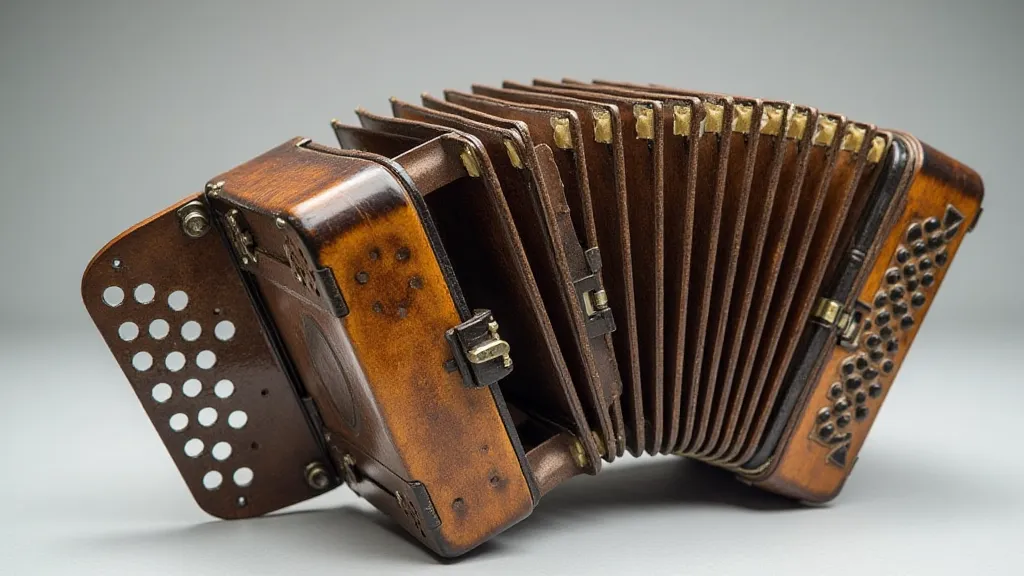
This pursuit of precision parallels the journey of honing one's cooking techniques. Learning to julienne carrots flawlessly isn’t just about creating uniformly sized pieces; it’s about developing a sense of control, a deep understanding of how the knife interacts with the vegetable. It’s about building muscle memory and cultivating a focused mindset. That same focus is critical in writing. Each word, each sentence, must be chosen with intention, contributing to the overall rhythm and flow of the piece. The goal isn't simply to convey information; it's to create an experience for the reader.
The Alchemy of Connection
The most rewarding aspect of both crafts – the restoration of an antique accordion and the refinement of a piece of writing – is the connection it fosters. With an accordion, it's the connection to the past, to the musicians who poured their hearts and souls into its melodies. It's the satisfaction of bringing a silent instrument back to life, allowing it to sing again. With writing, it’s the connection to the reader, the hope that your words will resonate with them, inspire them, or simply provide a moment of respite from the noise of the world.
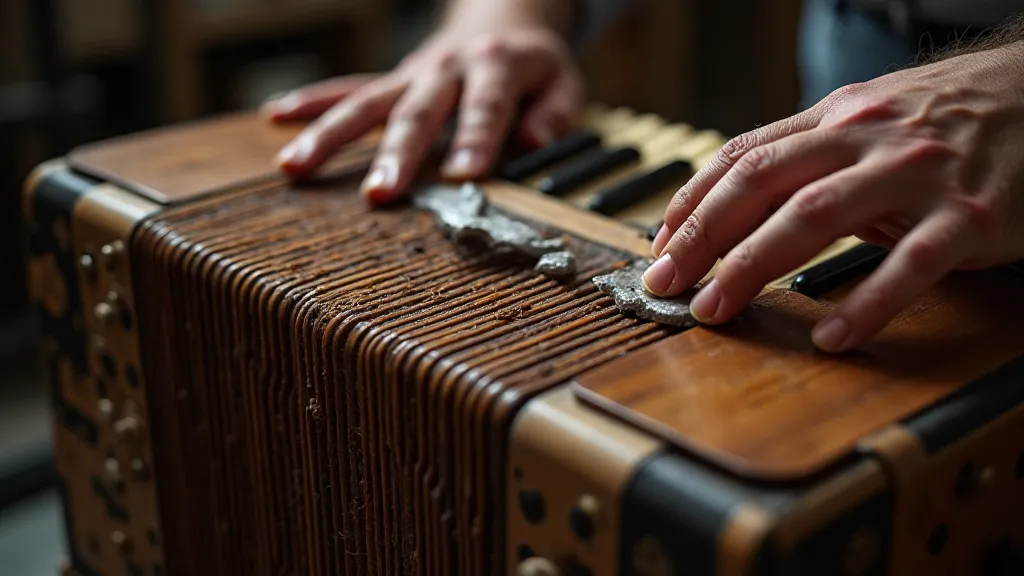
The alchemy of both processes lies in recognizing the potential that exists within the raw materials – whether they be wood and metal or words and ideas – and then transforming them through skill, patience, and a deep appreciation for the craft. It's about embracing the process of refinement, understanding that true artistry is born not from shortcuts, but from a commitment to excellence. And ultimately, it’s about sharing the fruits of that labor with the world, allowing others to experience the beauty and resonance of something truly crafted.

